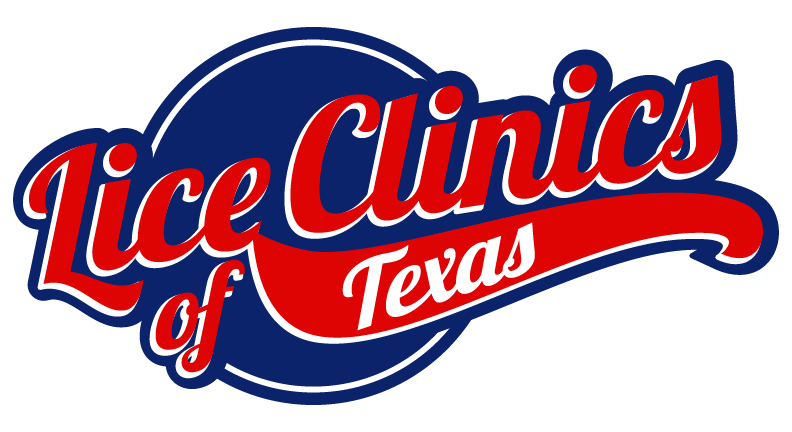Who doesn’t love the warm breeze that blows on a sunny spring day? As the daffodils blossom and the grass grows green many people have plans to head outdoors and enjoy Mother Nature. With the changing of the seasons comes an ever growing concern for head lice. Have you heard of any head lice cases around your neighborhood?
Lice Heat Up As Weather Turns Warm
Sunshine and head lice! Not the best combination. Unfortunately, as the winter months fade children spend more time playing with friends, participating in spring sports, and enjoying the great outdoors with friends. As kids socialize, lice spread. Winter months don’t mean lice is obsolete, just not quite as prevalent. Especially when school is out and kids have nothing but time on their hands, they often spend much more time surrounded by friends.
Lice Never Take a Vacation, Even When You Do
Along with fun spring break plans comes the worry of head lice. As family and friends gather together to camp, vacation or travel it is a prime opportunity for the transfer of head lice. Do your kids love to travel with cousins and share tablets, iPads, iPods or smartphones to pass the time? How about having a sleepover with friends to celebrate the school break? Anytime direct head to head contact is made the chance of infection increases. The best way to prevent this is to encourage children not to share bedding, towels, pillows, stuffed animals, hoodies, or hair brushes and accessories. As vacations usually mean families together in close proximity, sometimes this cannot be avoided. Talking to kids about the dangers of head lice can go a long way in prevention. When you travel home and the trip is over, no one wants the surprise of head lice.
Symptoms Won’t Show for Weeks
Don’t be fooled if you don’t initially see any symptoms of head lice. Once a louse or two find their way onto a new head they begin to feed on the blood of their new victim. They burrow around the scalp and female lice lay up to 5 eggs per day. The eggs are most often found behind the ears, close to the hair neckline and the crown of the head. The eggs are laid close to the scalp so that the heat and humidity from their host can keep them alive. It takes a nit, or lice egg, 8-9 days to hatch. Once hatched, the nymph, or immature louse, will molt three different times until it finally develops into an adult louse. This process takes a week. At this stage, more females lay eggs, up to 100 in their lifetime. Several adult lice can be found on the head after 2-3 weeks and symptoms become more apparent. The CDC states the following symptoms indicate head lice:
- Tickling feeling of something moving in the hair.
- Itching, caused by an allergic reaction to the bites of the head louse.
- Irritability and difficulty sleeping; head lice are most active in the dark.
- Sores on the head caused by scratching. These sores can sometimes become infected with bacteria found on the person’s skin.

